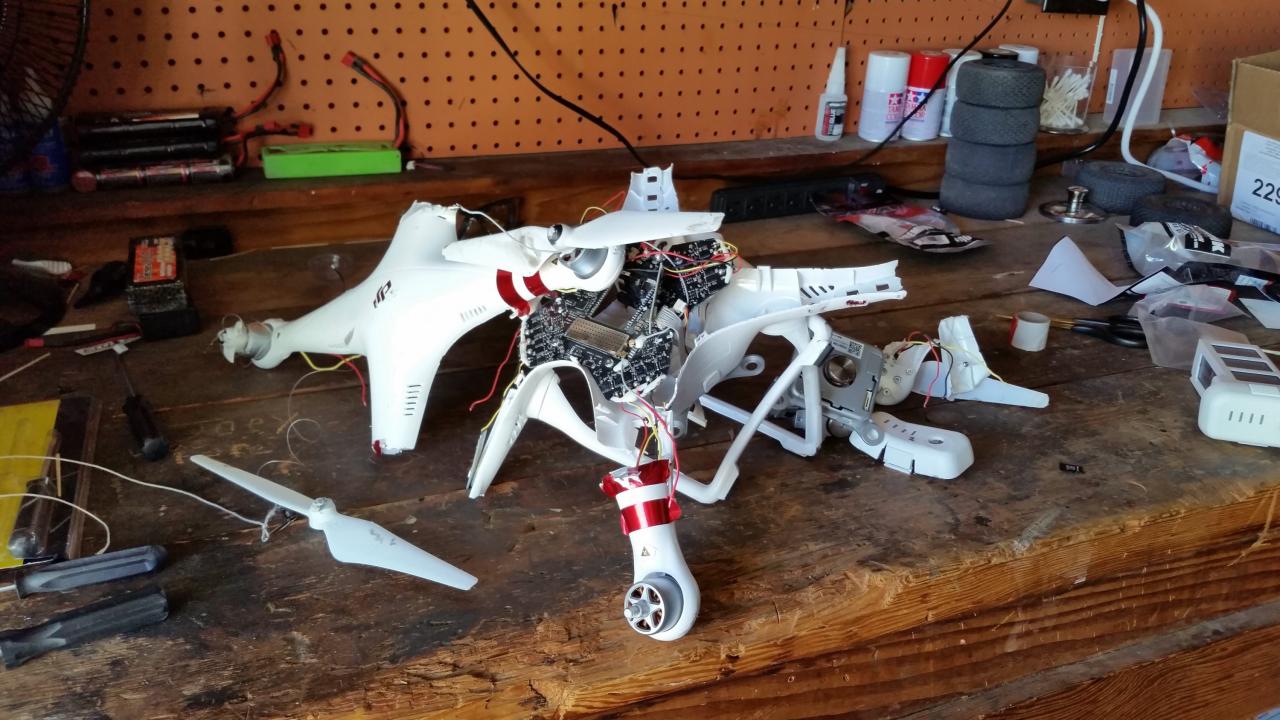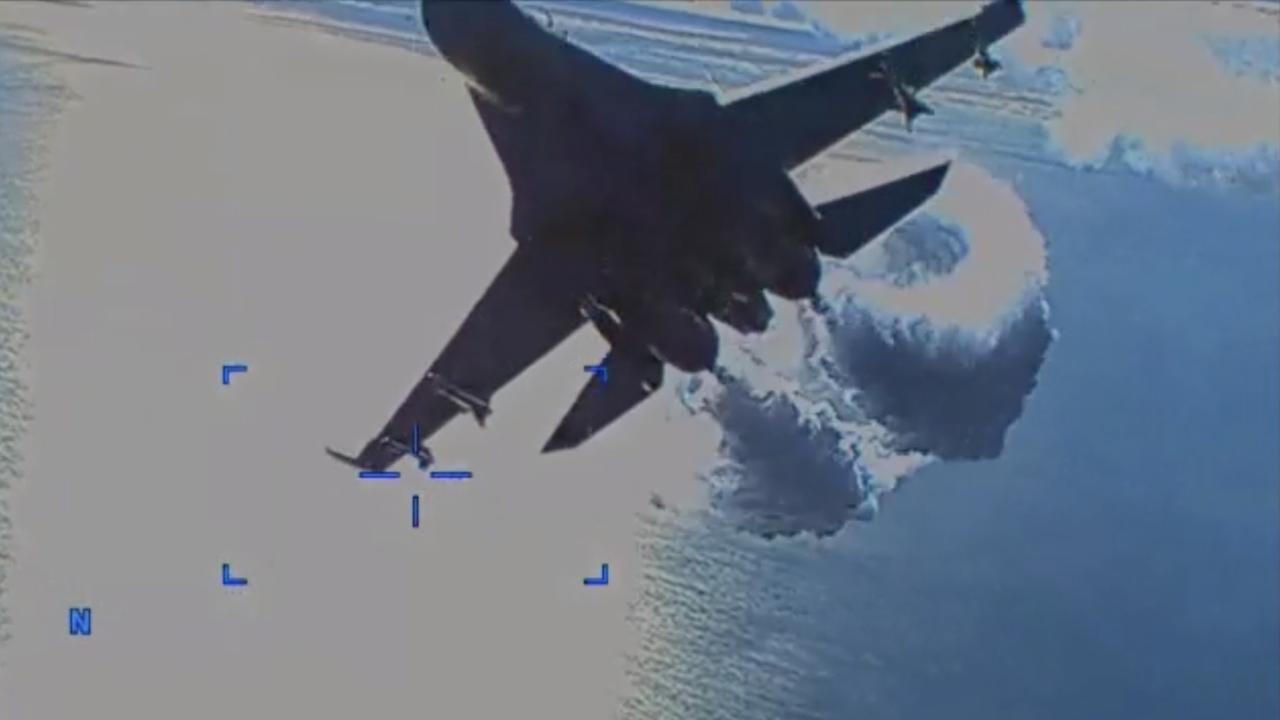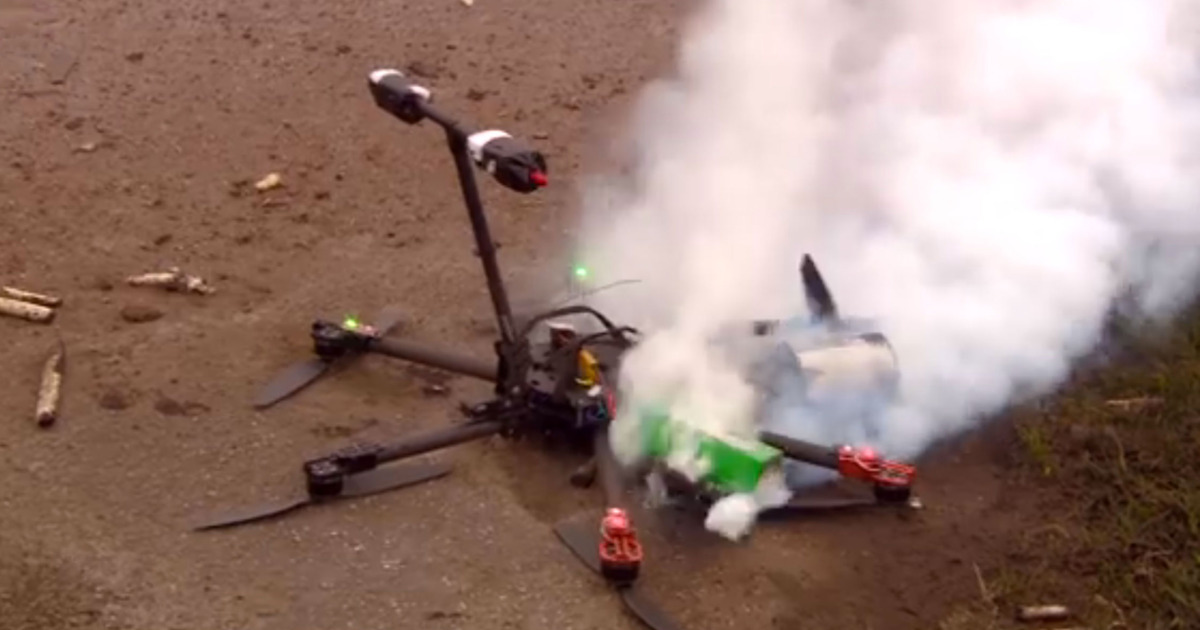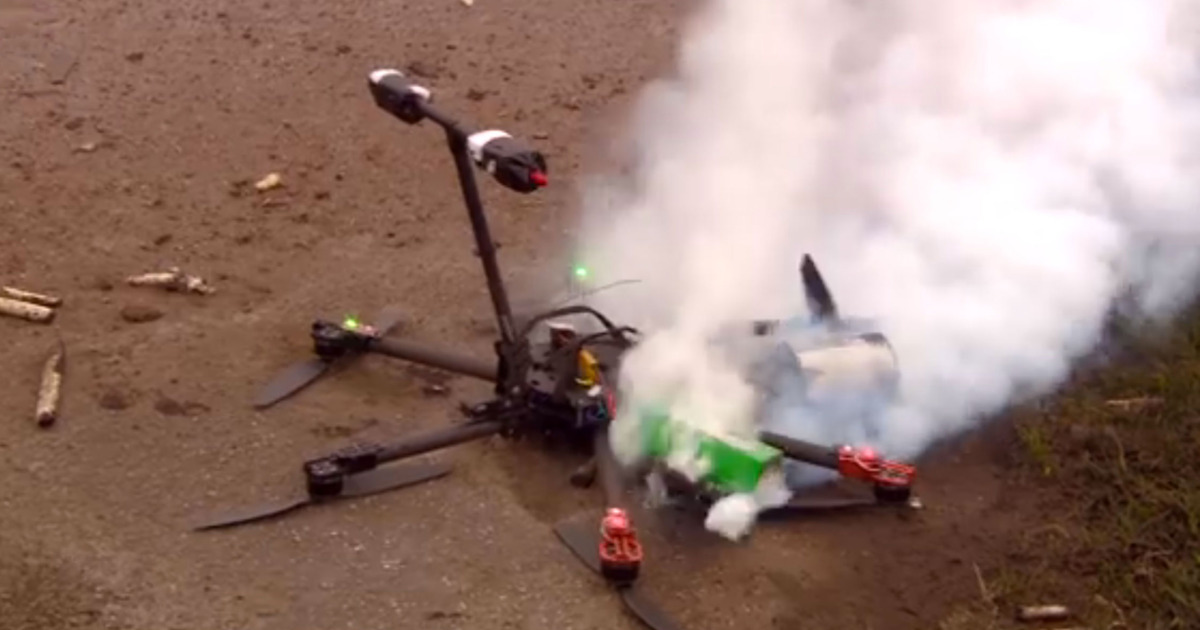Drone crash Paris: A seemingly routine flight turned dramatic when a drone malfunctioned above the City of Lights. This incident raises crucial questions about drone safety, regulations, and the evolving relationship between technology and urban airspace. We’ll delve into the specifics of the crash, exploring the potential causes, legal ramifications, public reaction, and ultimately, what steps can be taken to prevent similar incidents in the future.
This investigation will cover everything from the drone’s make and model to the potential consequences for the operator, examining witness testimonies and analyzing media coverage. We aim to provide a clear, concise understanding of the event and its broader implications.
Drone Crash in Paris: An Analysis: Drone Crash Paris

This article delves into the details of a recent drone crash in Paris, exploring the potential causes, regulatory implications, public reaction, and safety improvements needed to prevent similar incidents.
Incident Details: Drone Crash in Paris

The following table summarizes the key details surrounding the drone crash incident, based on available information. Note that specific details may vary pending official investigation reports.
That drone crash in Paris really got people talking about drone safety, huh? It makes you wonder about the overall increase in drone activity, especially considering the sheer number of US drone sightings reported lately. Understanding these trends is crucial for preventing future incidents like the Paris crash, so let’s keep a close eye on drone regulations and safety protocols worldwide.
| Date/Time | Location | Drone Type | Witness Accounts |
|---|---|---|---|
| October 26, 2024, 14:30 (example) | Near the Eiffel Tower, Champ de Mars (example) | DJI Mavic 3 (example) | Several witnesses reported a sudden loss of control, followed by a crash. One witness described hearing a loud whirring sound before the impact. (example) |
Potential Causes of the Crash
Several factors could have contributed to the drone crash. These can be broadly categorized into technical malfunctions, human error, and environmental conditions.
- Technical Malfunctions: Mechanical failures (e.g., motor failure, propeller damage), software glitches (e.g., GPS malfunction, firmware errors), and battery issues (e.g., premature battery discharge, overheating) are all possibilities.
- Human Error: Pilot inexperience, improper pre-flight checks, violation of airspace regulations (flying too close to landmarks or at prohibited altitudes), and poor decision-making in challenging conditions could have played a role.
- Environmental Conditions: Strong winds, heavy rain, or reduced visibility can significantly impact drone stability and control, increasing the risk of accidents.
Comparing the likelihood of each cause requires a thorough investigation. However, based on typical drone accident reports, human error and technical malfunctions often rank highest, with environmental factors exacerbating the situation.
Regulatory and Legal Ramifications
French regulations regarding drone operation are strict, particularly in densely populated areas like Paris. These regulations cover aspects such as registration, pilot certification, permitted flight zones, and maximum altitudes.
That whole drone crash in Paris was a mess, right? Safety regulations are super important, especially considering how popular drones are getting. If you’re in Canada and looking to buy one responsibly, check out the selection at drone Canadian Tire – they often have good deals and helpful staff. Hopefully, incidents like the Paris crash will encourage more people to fly safely and legally.
Penalties for violating these regulations can range from fines to imprisonment, depending on the severity of the infraction and any resulting damage or injuries. The Directorate General of Civil Aviation (DGAC) in France is the primary regulatory body responsible for investigating drone incidents and enforcing regulations.
A flowchart illustrating the investigative process would begin with the incident report, followed by an on-site investigation by the DGAC, analysis of drone data (if available), witness testimonies, and finally, determination of responsibility and the application of relevant penalties.
That whole drone crash in Paris got everyone talking about safety regulations, right? Thinking about better drone tech, maybe you should check out the specs and features available from reputable brands like dji drone canada. Understanding the technology can help prevent future accidents, and hopefully, we won’t see another headline like “drone crash Paris” anytime soon.
Public Reaction and Media Coverage, Drone crash paris
Initial media coverage of the drone crash focused on the location and potential damage. News outlets reported varying degrees of concern, with some emphasizing the safety risks of drone technology and others highlighting the operator’s potential negligence. Social media discussions showed a mix of concern, criticism, and fascination with the incident.
The overall media sentiment reflects a combination of concern over public safety and a need for stricter regulations and better drone safety practices. The incident highlighted the potential consequences of irresponsible drone operation in densely populated areas.
Safety Implications and Future Prevention

The drone crash highlights several key safety concerns, including the need for more robust safety features in drones, stricter enforcement of airspace regulations, and improved pilot training. Technological advancements, such as advanced obstacle avoidance systems and improved GPS accuracy, can significantly mitigate future incidents.
A hypothetical scenario illustrating improved safety measures: If the drone had been equipped with a more sophisticated obstacle avoidance system, and the pilot had adhered to the designated flight path and altitude restrictions, the crash might have been avoided. The drone would have detected the obstacles and either automatically avoided them or alerted the pilot, allowing for corrective action.
Closing Notes

The drone crash in Paris serves as a stark reminder of the potential risks associated with unmanned aerial vehicles, even in seemingly controlled environments. While technological advancements offer incredible possibilities, robust regulations and responsible operation are paramount. By understanding the factors contributing to this specific incident, we can collectively work towards a safer future for drone technology and the public spaces they share.
Frequently Asked Questions
What type of damage was caused by the drone crash?
The extent of damage will depend on the specifics of the incident, which requires further investigation. Possible damages could range from minor property damage to more significant injuries depending on where and how the drone crashed.
Was the drone operator identified?
This information is usually part of the investigation and may not be immediately released to the public. Authorities will likely try to identify the operator to determine liability and enforce regulations.
What is the typical response time for emergency services to drone incidents?
Response times vary based on the location of the incident and the nature of the emergency. Urban areas generally have faster response times than rural areas. The severity of the incident (e.g., injuries, significant property damage) will also influence response speed.
